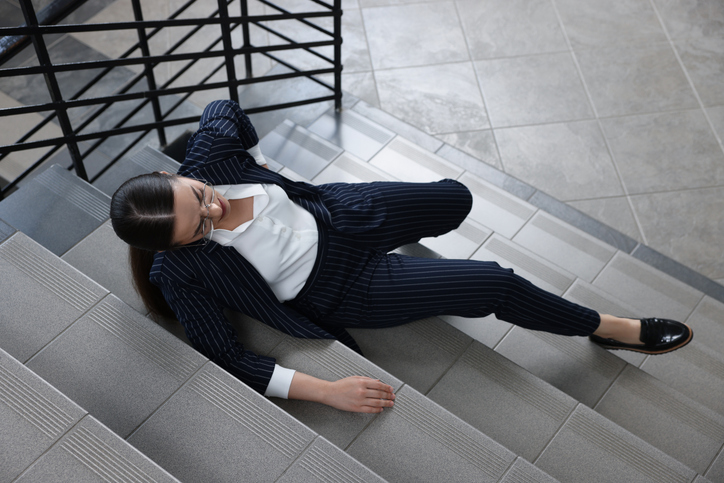Slip and fall accidents happen in everyday places—grocery stores, parking lots, apartment complexes, or even the workplace. While many people brush them off as “just accidents,” the truth is that these incidents can cause serious injuries and long-term consequences. According to the Centers for Disease Control and Prevention (CDC), over 800,000 people are hospitalized each year due to fall-related injuries, most commonly hip fractures and head trauma. Knowing what to do in the moments following a slip and fall is critical—not only for your health but also for protecting your legal rights.
Step 1: Seek Medical Attention Immediately
Your health comes first. Even if you believe your injuries are minor, it’s essential to see a doctor. Some injuries, like concussions or internal bleeding, may not show immediate symptoms. Medical documentation also plays a critical role in any potential claim. According to the Mayo Clinic, early diagnosis and treatment can prevent further complications, especially with orthopedic or head injuries.
Step 2: Report the Accident
If the accident occurred on someone else’s property—whether a business, private residence, or public facility—notify the property owner, landlord, or manager right away. Ensure that an official report is created, and request a copy for your records. This step is crucial for establishing a paper trail that can later serve as evidence.
Step 3: Gather Evidence at the Scene
If you’re physically able, collect as much information as possible before leaving the accident site:
-
Take clear photos of the hazard (wet floor, uneven surface, poor lighting, etc.)
-
Capture wide shots and close-ups from different angles
-
Get contact information for any witnesses
-
Note the exact time, date, and location of the accident
This documentation can make or break a slip and fall case. In fact, the National Safety Council (NSC) highlights that unsafe environments are one of the leading causes of preventable injuries nationwide.
Step 4: Avoid Giving Statements to Insurance Companies
Insurance adjusters may contact you quickly, asking for details about the accident. While they may sound sympathetic, their goal is often to minimize payouts. Be cautious about what you say—never admit fault or downplay your injuries. It’s best to consult a legal professional before providing any statements.
Step 5: Consult With a Slip and Fall Lawyer
Premises liability laws can be complex, and property owners often have strong legal teams on their side. An experienced slip and fall lawyer can help you determine whether negligence played a role in your accident and guide you through the process of seeking compensation for medical bills, lost wages, and pain and suffering.
Why Taking the Right Steps Matters
Slip and fall injuries can have lasting consequences, from financial strain to physical limitations. By acting quickly—securing medical care, documenting the scene, and consulting with a legal professional—you strengthen your ability to recover both physically and financially.
If you or a loved one has been injured in a fall, don’t wait until it’s too late. Reaching out to an experienced slip and fall lawyer could be the most important step you take in protecting your rights and securing fair compensation. Reach out today!

